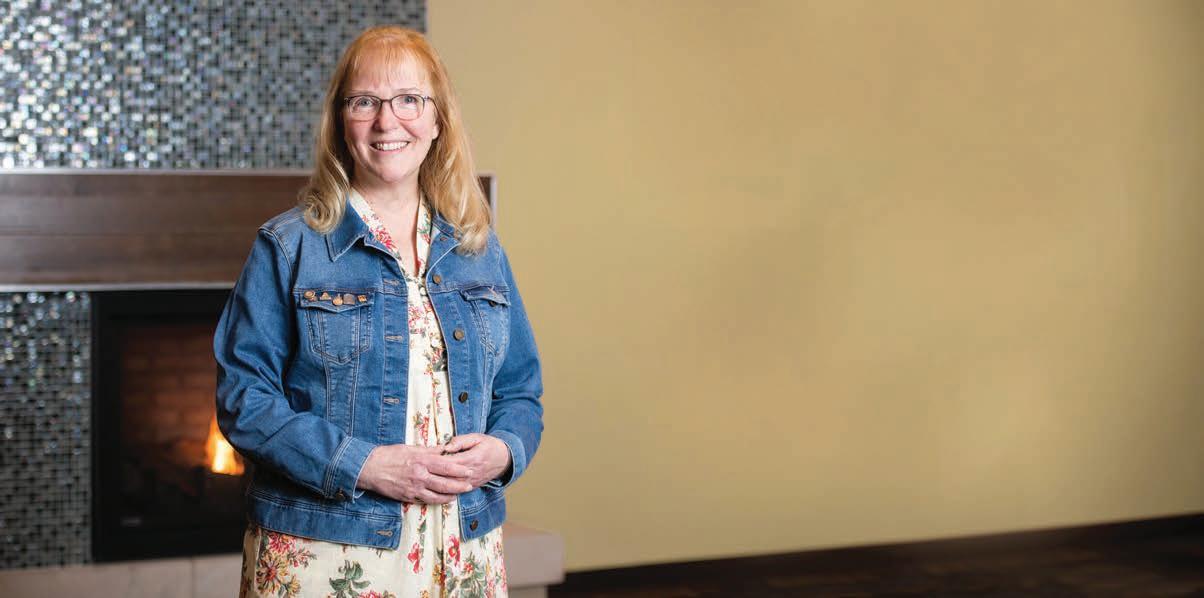
1 minute read
READY TO TAKE FLIGHT
“Replacing some of our lawns with these native species can provide Monarchs with the food and habitat needed for restoring and sustaining a healthy population.” alverno.edu/greenhouse
Despite their small size, monarch butterflies are incredible longdistance travelers — making the annual trek from their breeding grounds in Canada and the northern United States to central Mexico, where they hibernate. It’s no wonder, then, that these beautiful and brightly colored creatures have become an important symbol of strength and transformation. So it seems fitting that Alverno becomes part of their journey.
The faculty and staff on the Alverno Commits to Sustainability (ACTS) committee are working to get Alverno certified as a Monarch Waystation habitat, which indicates that campus has sufficient milkweed and other plants that host monarch breeding grounds and provide energy for the butterflies’ migration.
According to the World Wildlife Foundation, monarch butterflies’ survival is threatened by climate change, development, herbicides and pesticides, and diminishing milkweed. Planting more milkweed and other native plants, like butterfly weed and purple coneflower, is an action that we can all take to bolster the species.
Erin Dentice ’06, Parkside Elementary School, Milwaukee
When Erin Dentice ’06 steps into her garden, she sees more than chickens, plants and pretty flowers. She sees a sustainable food source.

On Milwaukee’s south side, Parkside Elementary is where Dentice spends her days as the program agricultural coordinator and special education middle school teacher. In her 16 years there, she has made it her mission to build a community of conscious eaters.
Parkside students learn about Milwaukee’s many growing spaces and hoop houses, grow seedlings and transplant them onsite. They also work with local chefs who teach the students and their families to prepare healthy and fun meals using the food they’ve grown.
“We talk with kids about food miles, understanding how far some of the food travels to get to you, and what some of that food looks like when they harvest it versus what it looks like when we pick it from our gardens. There are endless possibilities that you can cover, but I think any dialogue you can open up about this matter can make a difference,” she says. “We need to make a difference because of what is happening to our environment due to climate change and people’s health concerns because of what they eat.”
― Natasha Lettner ’09







